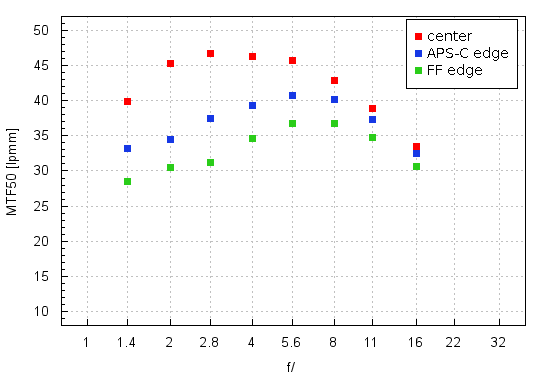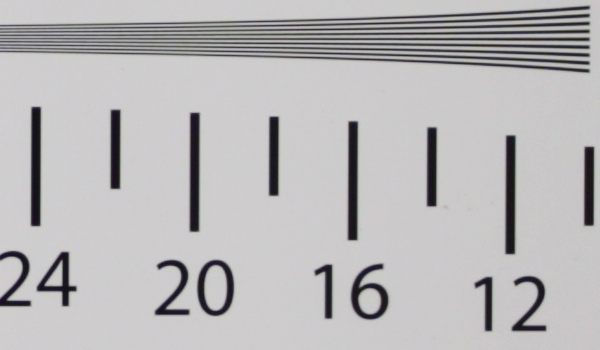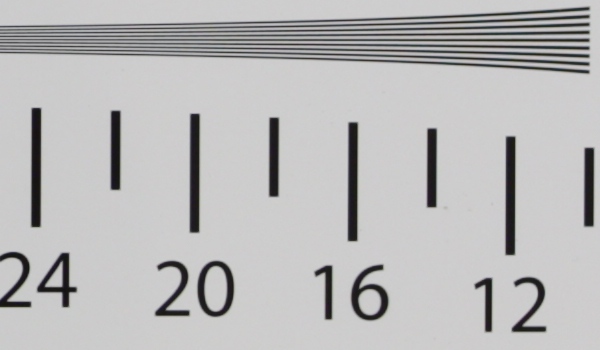Sigma A 20 mm f/1.4 DG HSM
4. Image resolution
Let’s check how the tested lens compares here; its results in the frame centre, on the edge of the APS-C/DX and on the edge of full frame presents a graph below.

Please Support UsIf you enjoy our reviews and articles, and you want us to continue our work please, support our website by donating through PayPal. The funds are going to be used for paying our editorial team, renting servers, and equipping our testing studio; only that way we will be able to continue providing you interesting content for free. |
- - - - - - - - - - - - - - - - - - - - - - - - - - - - - - - - - - - - - - - - - - - - - - - -
When it comes to the frame centre I really lack words to describe our impressions. The 1.4/20 parameters are extremely difficult to design and Sigma managed to do it in such a way that at the maximum relative aperture the MTFs reach almost 40 lpmm and by f/2.0 they exceed 45 lpmm. The only full frame f/1.4 lenses which can boast of similar performance are the two Zeiss Otuses, the 1.4/55 and the 1.4/85; mind you they are four times as expensive than the Sigma! Not to mention the fact that such construction as the classic 1.4/85 or the standard 1.4/50 are much easier to correct when it comes to the optical aberrations than an ultra wide angle lens as fast as f/1.4.
The tested lens reaches the maximum of its possibilities by f/2.8 and f/4.0 where the MTFs range from 46 to 47 lpmm. These are truly sensational results and, in fact, within the margin of error, the same as in the case of other Art series Sigmas such as the 1.4/35 and the 1.4/50.
Still not only the performance in the centre should be taken into account if you want to decide whether the Sigma deserves to be praised or not; for a lens with such an angle of view the frame edge is important as well.
On the smaller APS-C/DX sensor there are no reasons to complain at all. Already at the maximum relative aperture the MTFs exceed a value of 33 lpmm so you get a fully useful image. On stopping down the aperture the results get higher than 40 lpmm so the Sigma most definitely deserves our praise.
Of course the combination of the f/1.4 aperture and the edge of full frame is always the biggest challenge. The lens cannot boast of complete success because 28.5 lpmm it got there is a tad below the decency level but it should be said very clearly that it was very close to it and after employing f/1.8-2.0 you can enjoy a completely acceptable image. What about the rivals? It’s enough to say the Nikkor AF-S 20 mm f/1.8G ED had to be closed down to near f/4.0 to reach a similar result. The Sigma has nothing to be ashamed of and any criticism would be simply out of place.
At the end of this chapter, traditionally, we present crops taken from our resolution testing chart photos which were saved as JPEG files along with RAW files used for the analysis above.
| Canon 5D Mk III, JPEG, f/1.4 |
 |
| Canon 5D Mk III, JPEG, f/2.8 |
 |






